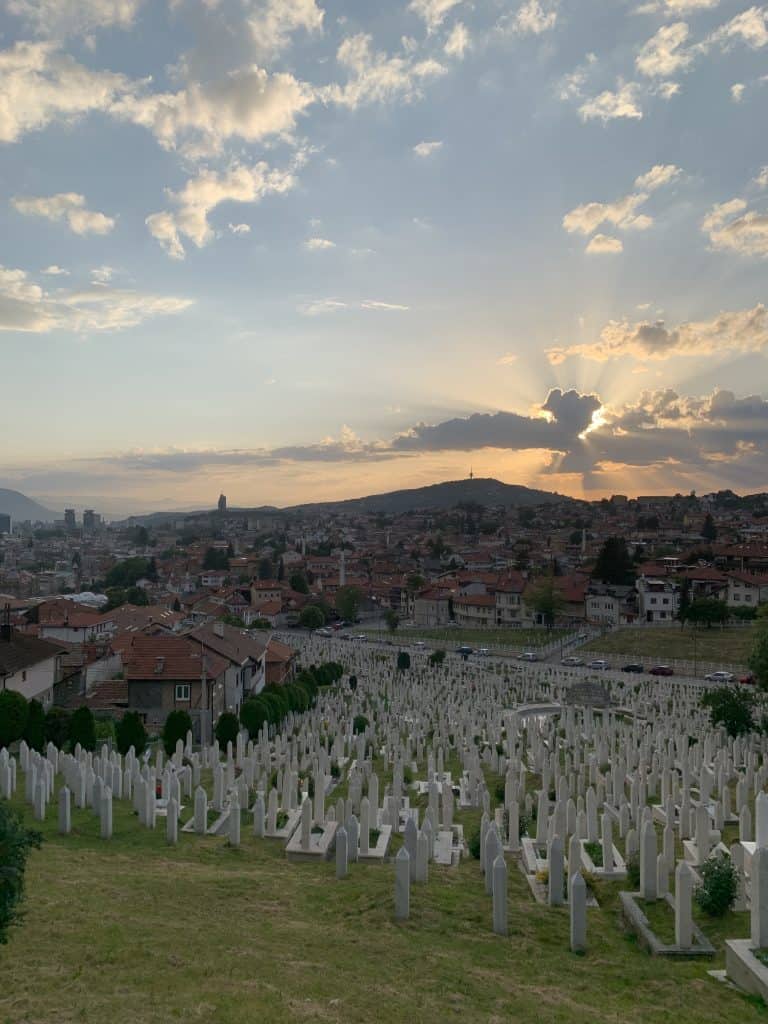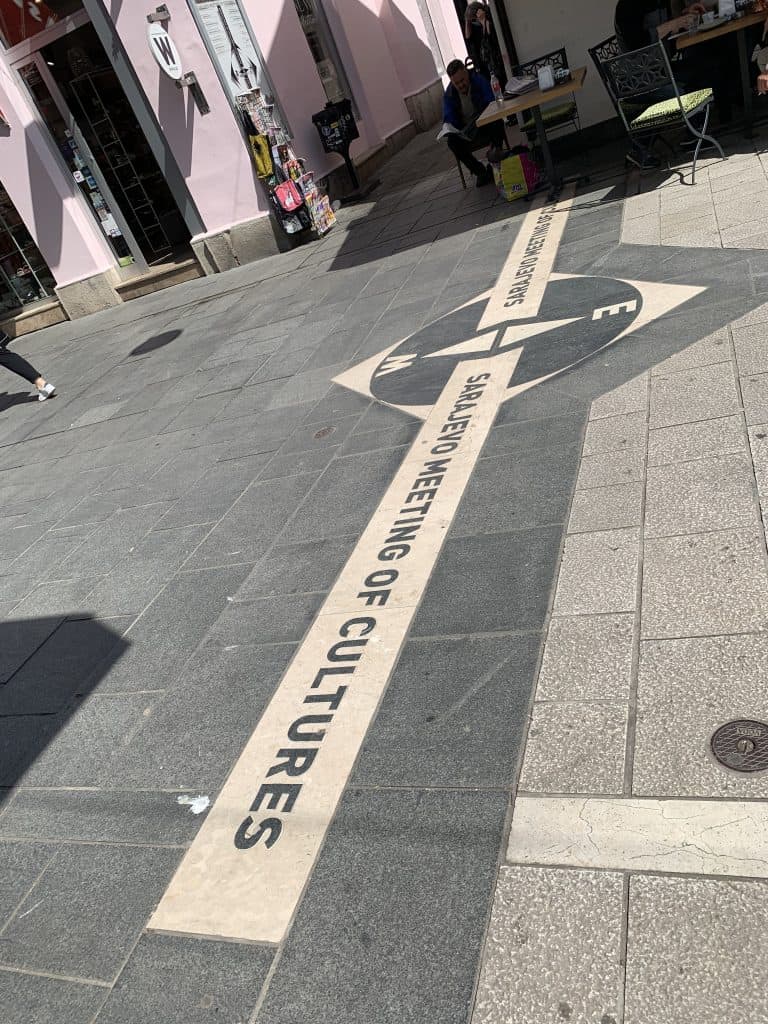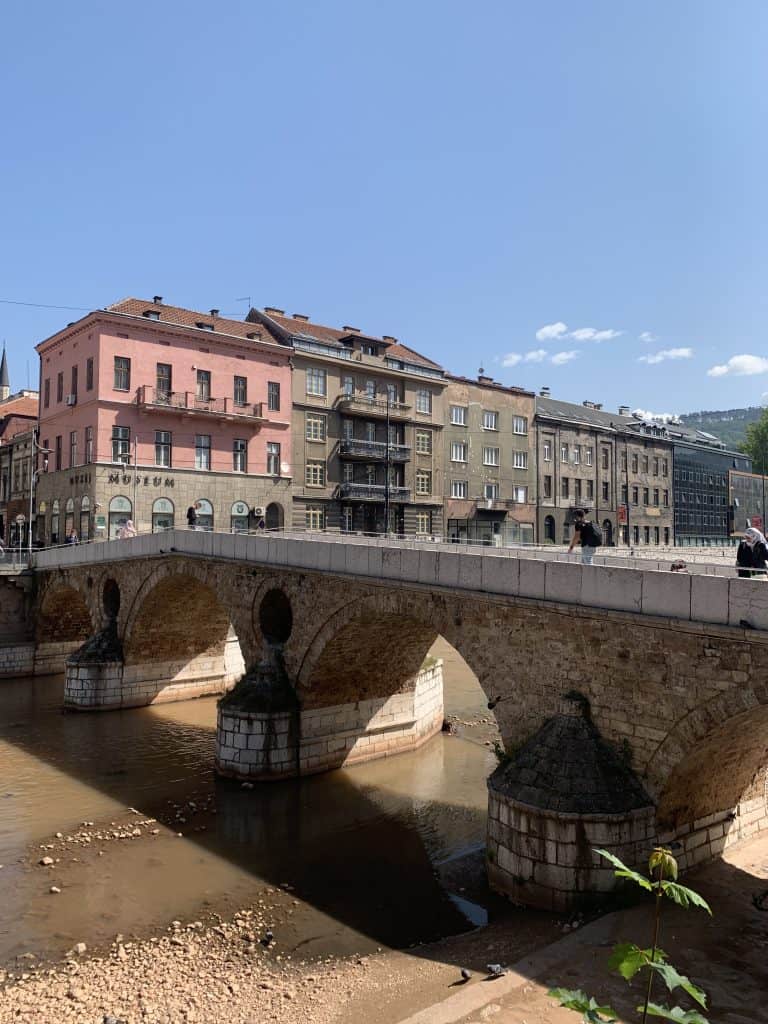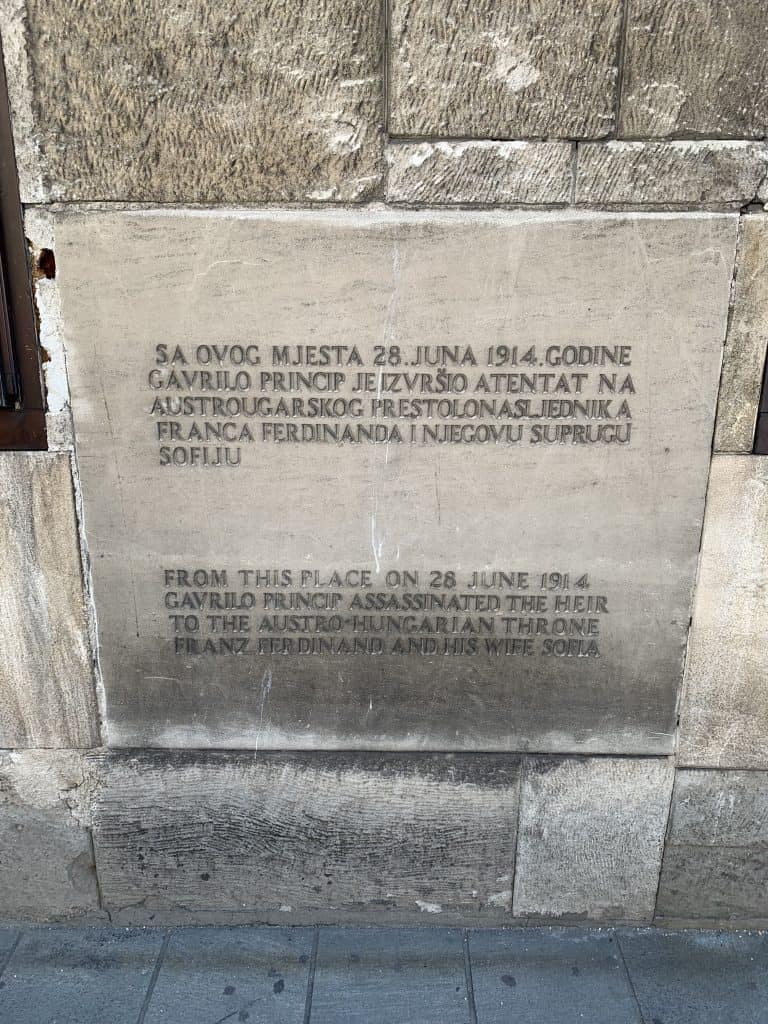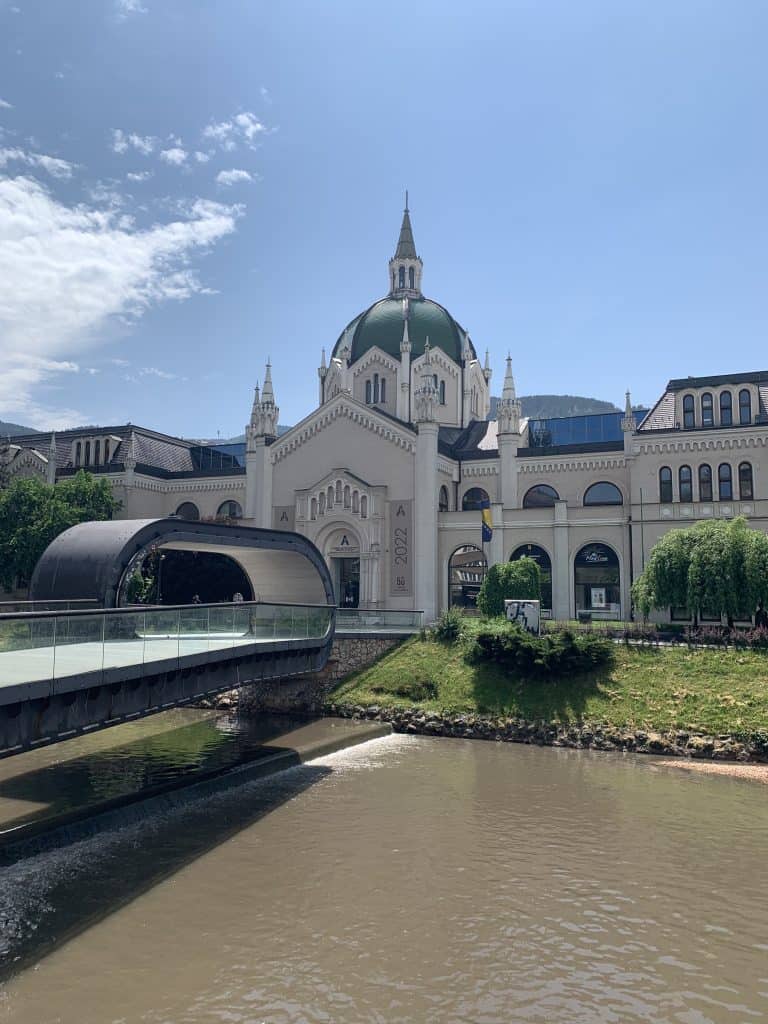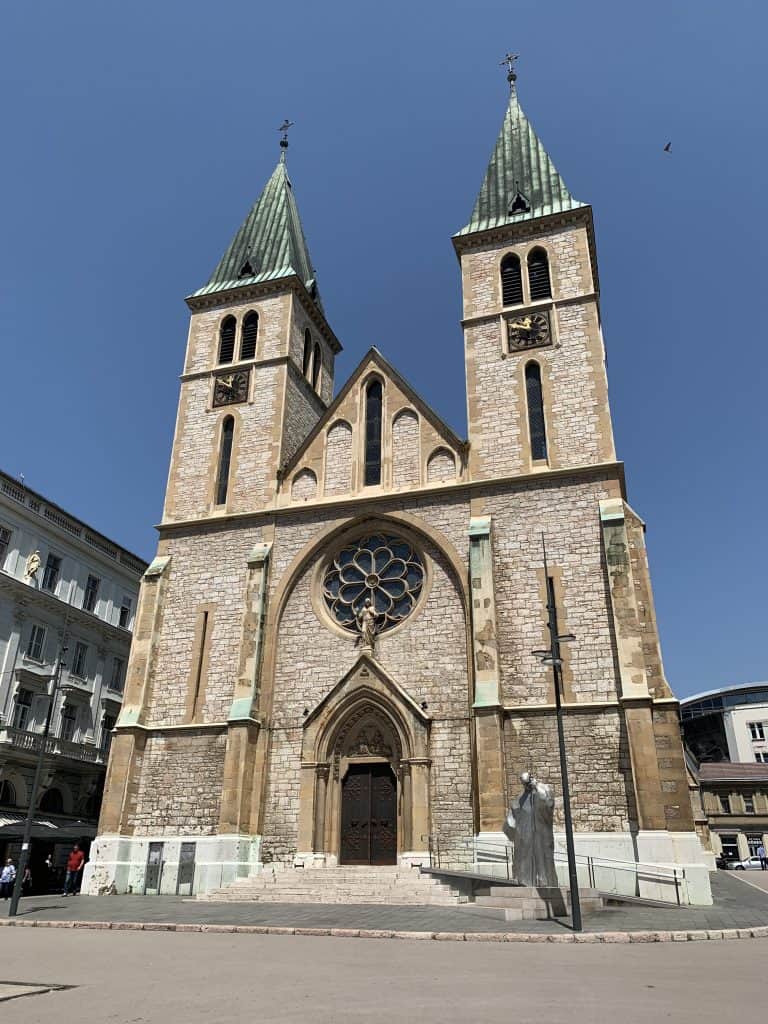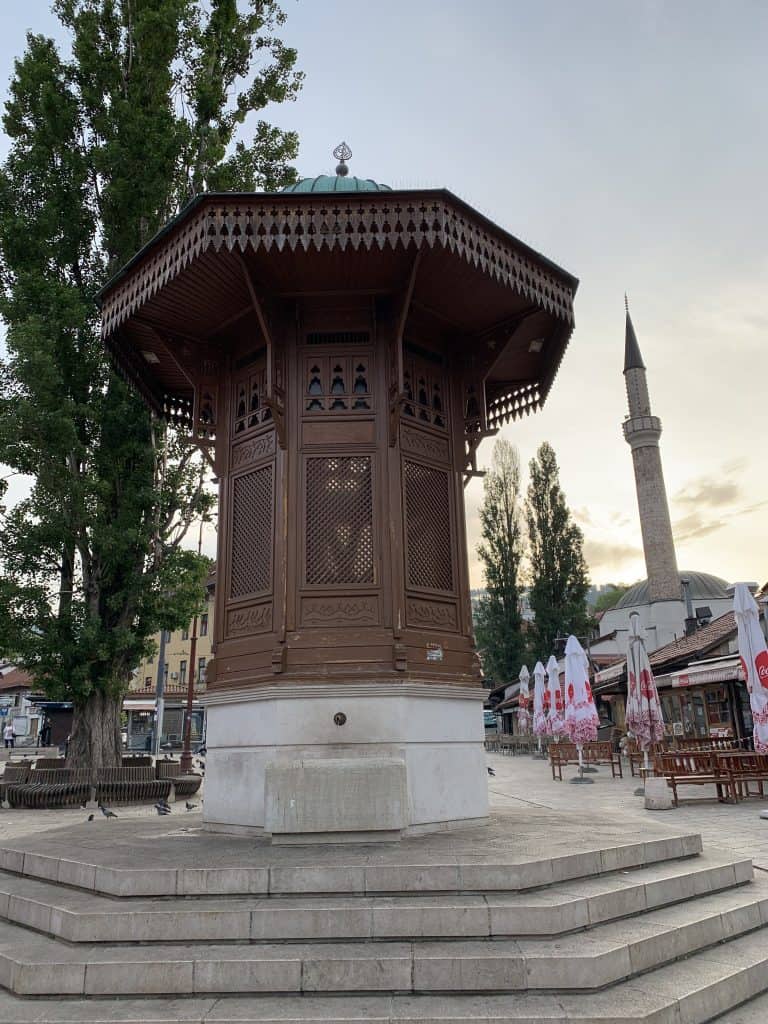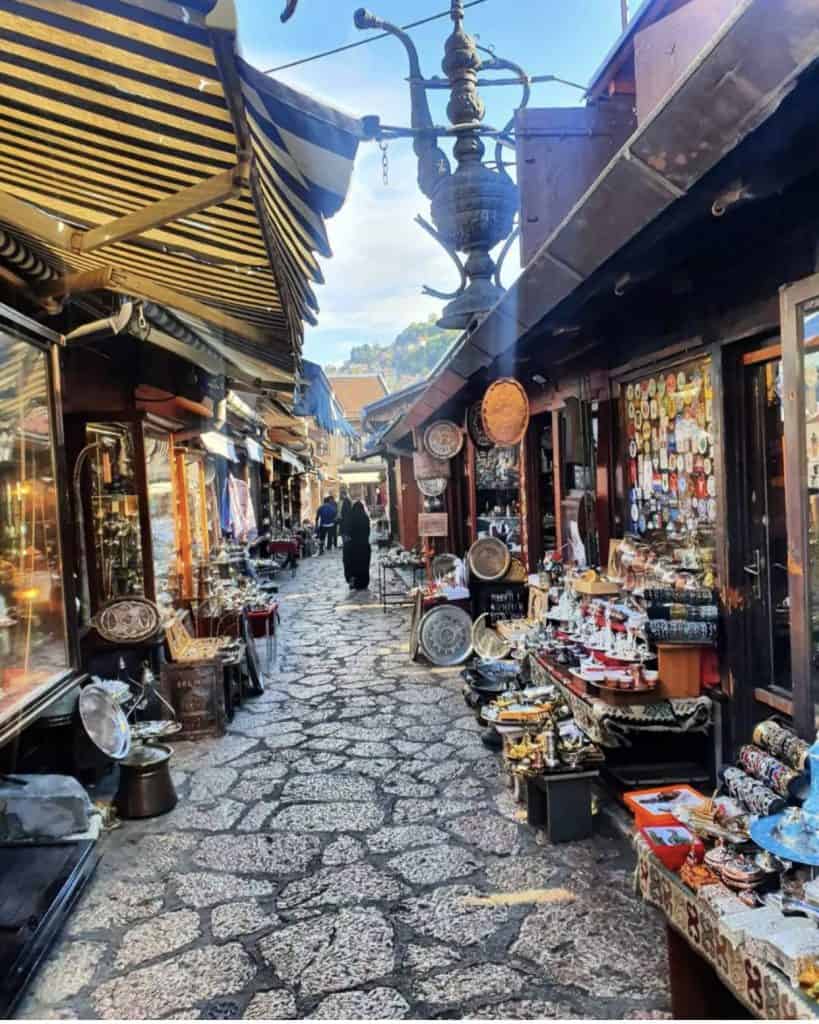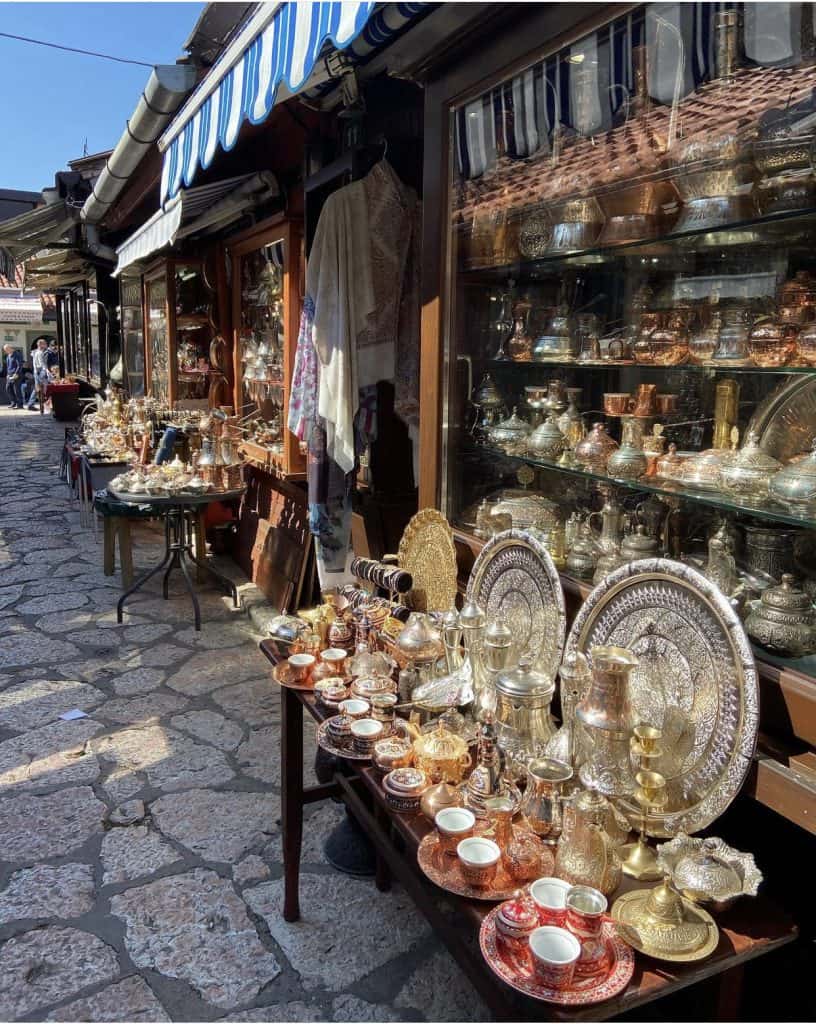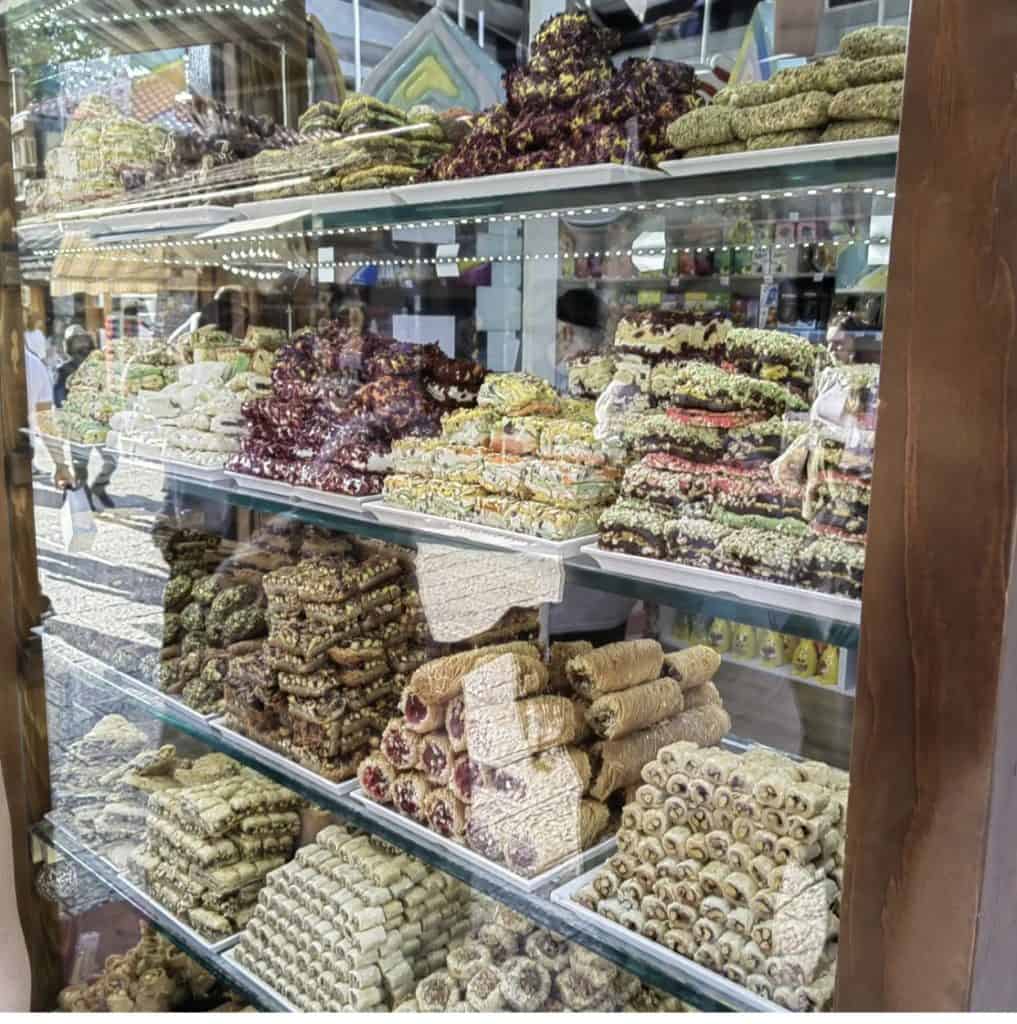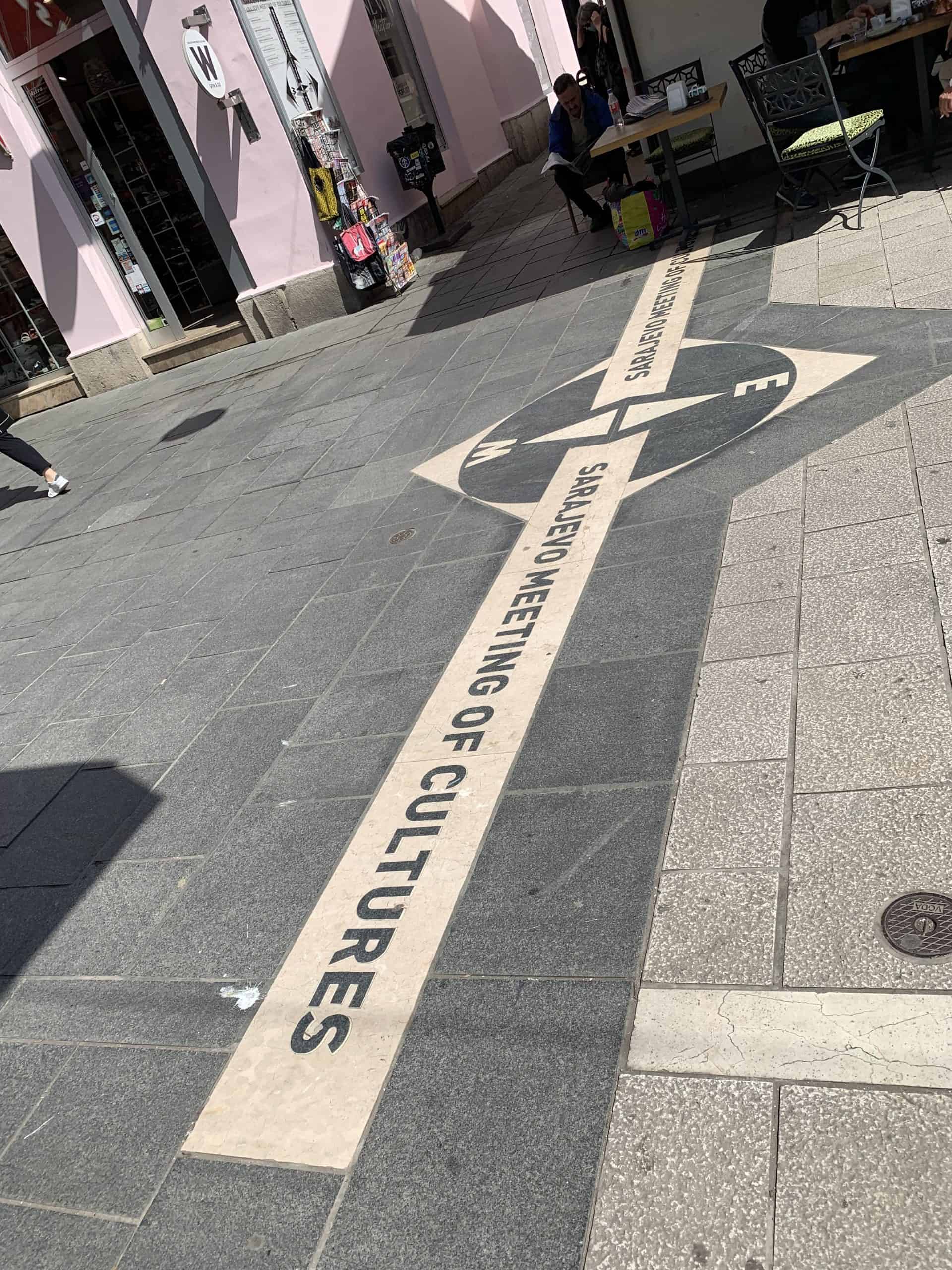
Capital of Bosnia and Herzegovina, Sarajevo is also its political, economic and cultural center.
This city of over 800,000 inhabitants is located between West and East and is also known as the Jerusalem of the Balkans: here, and nowhere else in the world, four religions have always coexisted, the Christian, the Jewish, Muslim and the Orthodox.
Inhabited since the Stone Age, this city became such in 1461; passed under the Austro-Hungarian rule in 1878 began to develop to become a fundamental industrial center.
Venue of the Winter Olympic Games in 1984, during the Bosnian War it suffered a long siege of the Bosnian Serb armies.
Thanks to the river that crosses it, Sarajevo is full of bridges. The most famous, as well as the oldest, is the Latin Bridge built in 1541 in wood and later in stone. Destroyed in 1791 due to a flood, it was rebuilt at the end of the eighteenth century. Its popularity is due to the fact that it was here that the attack on Archduke Franz Ferdinand and his wife Sofia took place, which caused the beginning of the First World War: a monument that was dedicated here to them was demolished in 1918.
Symbol of the city of Sarajevo, the Vijecnica Bridge was rebuilt only in 2003.
The Evangelical Church was built in 1889 in Byzantine style and today is the seat of the Academy of Fine Arts.
The Cathedral of Sarajevo, the Catholic symbol of the city, was built in 1889 in Gothic-Neo-Romanesque style.
Among the National Monuments of Bosnia and Herzegovina, there is also the Ali-Pasha Mosque, built in 1561 and restored in 2005 in classical style.
The oldest part of the center of Sarajevo is called Bascarsija, a set of streets overlooked by wooden doors. Among the streets of the old city there are countless clubs and shops of typical Sarajevo productions such as copper utensils. A true symbol of Sarajevo is the Sebilj Brunnen Fountain.

